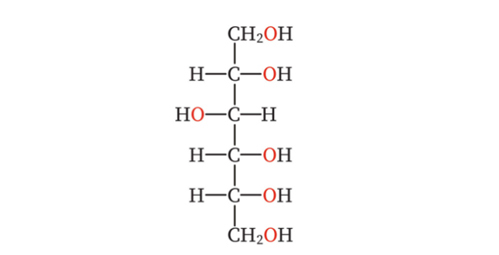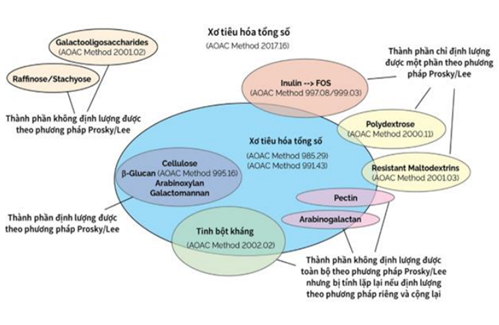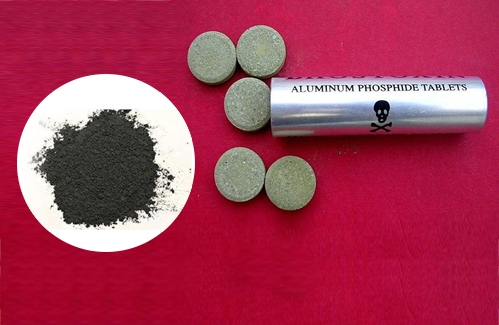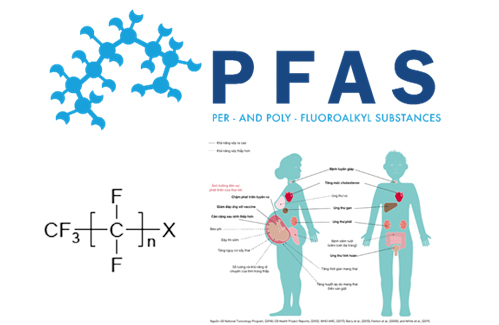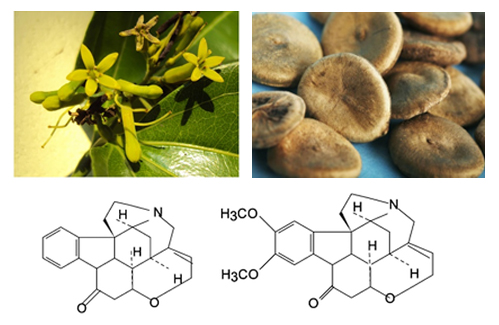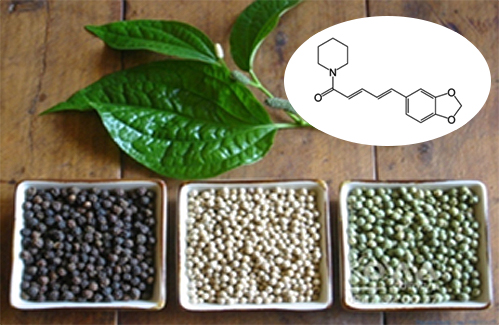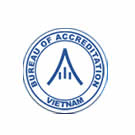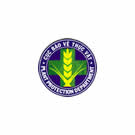- Folder Technical News
- Views 5117
- Last Updated 04/07/2024
Allergy is a common condition, caused by the immune system's reaction to a foreign substance (also called an allergen). These substances are mainly protein-based, and usually not harmful, but humans might have reactions with different severity depending on each biological status.
1. Introduction of allergens/ allergenic substances
Allergens, also known as allergenic substances, which might cause allergic reactions in the human body when exposed. There are many different types of allergens, from foods to pollen, from scents to industrial chemicals. The allergenic severity depends on the user, age, and level of absorption, symptoms usually range from mild to severe depending on the level of exposure and the nature of the allergen. The basic symptoms of food allergy include bloating, stomach pain, difficulty breathing, mucosal edema, weight loss, failure to thrive, and anaphylaxis.
Severe symptoms may include pulmonary edema, difficulty breathing, or anaphylactic shock. In case of exposure to an allergen through the respiratory or digestive tract, the body may react by developing symptoms such as quincke's edema (the rapid swelling of the skin and mucous membranes), digestive disorders, or loss of consciousness, which can occur after just a few minutes of exposure to an allergen. In case anaphylactic shock may include chest pain, trouble breathing, low blood pressure, or loss of consciousness; which might lead to death due to heart failure or respiratory failure without prompt and effective treatment.
Food allergens have been reviewed by the Codex Alimentarius Commission (CAC) on several occasions since 1993. In 1995, the Food and Agriculture Organization of the United Nations (FAO) organized a Technical Consultation (FAO, 1995) on the identification of potentially allergenic foods or food groups. These food groups are included in the 1999 General Standard on Labeling of Packaged Foods (GSLPF) (section 4.2.1.4) (FAO and WHO, 2018a). In Vietnam, Joint Circular No. 34/2014/TTLT-BYT-BNNPTNT-BCT stipulates the declaration of food ingredients in Article 7, Section 4 as follows:
“For foods containing one or more of the following ingredients, the presence of that ingredient must be declared on the label:
a) Cereals and foods made from cereal grains containing gluten; for example, wheat, spelled, barley, rye, oats or their hybrids and products thereof;
b) Crustaceans and products from crustaceans;
c) Eggs and egg products;
d) Fisheries and aquatic products;
d) Peanuts, soybeans and their products;
e) Milk and dairy products (including lactose-milk sugar);
g) Nuts and products from nuts; and
h) Sulfite (salt of sulfuric acid) has a concentration of 10 mg/kg.”
2. Basic groups of allergens
2.1. Cereals and foods made from cereal grains contain gluten
Allergic to cereals containing gluten is an important problem that needs to be recognized and managed properly. Gluten is a protein found in many grains such as barley, rice, and wheat.

Figure 1 . Foods containing gluten
Symptoms of gluten allergy may include abdominal pain, diarrhea, nausea, or vomiting after consuming gluten-containing products such as bread, noodles, or cereals. In some cases, people with allergies may develop more serious symptoms such as quincke's edema (rapid swelling of the skin and mucous membranes), difficulty breathing, or anaphylactic shock.
2.2. Crustaceans and products from crustaceans
Crustaceans (Crustacea), also known as ostracods, is a subphylum of animals, that have the common characteristic of having an exoskeleton made of chitin and an outer shell made of calcium.
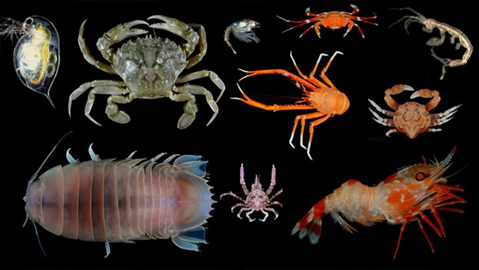
Figure 2. Some type of crustaceans
The allergenic proteins from crustaceans often exist in their bodies. Here are some common proteins that can cause allergies from crustaceans:
Tropomyosin: This protein is found in the bodies of crustaceans such as crabs and shrimps and is one of the main causes of allergic reactions.
Chitinase: This is an enzyme capable of decomposing chitin, the main component of crustacean shells.
Hemocyanin: This serum protein is found in the plasma of crustaceans.
For people with a history of allergies, recognizing and avoiding exposure to these proteins is important to prevent health problems.
2.3. Eggs and egg products
Using eggs in food brings many benefits, but it should be noted that some people may be allergic to eggs, so controlling the amount of eggs in the daily diet is important for health.

Figure 3. Eggs and products contain egg
The main allergenic proteins from eggs include:
Ovalbumin: This is the most common protein in eggs accounts for about 50% of the protein in egg whites, and is considered the main cause of egg allergy.
Ovomucoid: Ovomucoid is another protein found in egg yolks and egg whites.
Ovotransferrin: This is an anti-bacterial protein found in egg whites, which can also cause allergic reactions in some people.
Egg products such as cakes, pastries, ice cream, and processed foods can also cause allergic reactions in susceptible people.
3.4. Fisheries and aquatic products
Fisheries is a general term that refers to the resources and products that bring people from the water environment and are exploited, cultivated, harvested, and used as food, raw materials, or for sale on the market. Among aquatic products, the most common activities are catching, farming, and exploiting fish.
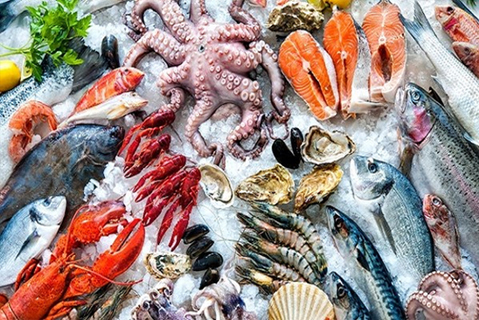
Figure 4. Some types of fisheries and aquatic products
In addition to crustacean allergens, other substances that can cause allergies from fisheries and aquatic products include:
Histamine: This is an organic compound that exists naturally in many foods, especially foods produced through fermentation, such as fish and fish products.
Parvalbumin: This is a calcium-containing protein, found mainly in fish and is often the main cause of fish allergies.
Thaumatin-like protein: These proteins found in seafood can also cause allergies.
Aquatic products such as fresh, frozen, or processed seafood also might cause allergic reactions in sensitive individuals.
2.5. Peanuts, soybeans and their products
Peanuts, soybeans, and their products are quite commonly in many diets, especially, with the growth of vegetarian and whole-plant trends.

Figure 5. Peanut candy is a popular product in Vietnam
The main allergenic proteins from peanuts and soybeans include:
Proteins from peanuts and soybeans: These proteins, such as conglutin and glycinin, are commonly found in peanuts and soybeans.
Protein products processed from peanuts and soybeans: Peanut and soybean products such as soy milk, tofu, soy sauce, and other processed products can also cause allergic reactions in susceptible individuals.
2.6. Milk and products from milk (including lactose - milk sugar)
Milk and dairy products are an important part of the diet of many people worldwide and is a source of important nutrients, including protein, calcium, vitamin D, vitamin B12, and many other minerals.

Figure 6. Milk and dairy products
Milk allergy and lactose intolerance are two different problems involving intolerance or the body's reaction to ingredients in milk, but they have different causes and symptoms:
Milk allergy is the body's immune response to proteins found in milk, such as casein and whey. A milk allergy can cause symptoms such as skin rash, swelling of the lips, eyes, or face, stomach pain, nausea, vomiting, diarrhea, difficulty breathing, or severe allergic reactions.
Lactose intolerance is the inability to digest lactose, a natural sugar in milk, due to a lack of lactase enzyme. Common symptoms include abdominal pain, bloating, intestinal pain, diarrhea, and difficulty digesting after consuming products containing lactose.
While these have different causes and symptoms, both problems can cause uncomfortable symptoms and affect daily quality of life.
2.7. Nuts and nut products
Nuts and nut products have high nutritional value and are widely used in cuisine and the food industry. Nuts are fruits with large seeds located in the center of the fruit, covered by a hard shell. Some common stone fruits include pears, apricots, persimmons, peaches, and pomegranates. Nuts are often rich in antioxidants, vitamins, minerals, and fiber.
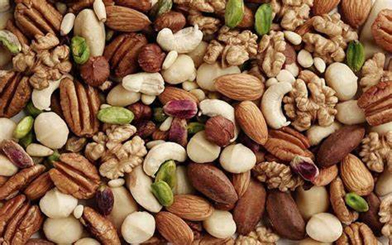
Figure 7. Some types of nuts
The proteins that cause allergic reactions from nuts can vary depending on the specific type of nut, but here are some common nut proteins that can cause allergic reactions in some people:
Profilin: This protein is mainly found in starch and protein.
Vicilin: This protein is stored in the seeds of nuts such as apricots and pears.
Lipid transfer protein (LTP): This protein fights bacteria and molds in plants, is found mainly in the shells or seeds of nuts, known to be one of the common causes of nut allergies.
These proteins are often the main allergens in nuts and can cause allergic symptoms such as skin rash, swelling of the lips or face, difficulty breathing, and abdominal pain in susceptible individuals.
2.8. Sulfites which have concentrations higher than 10 mg/kg
Sulfites are a preservative commonly used in foods to prevent oxidation and keep food fresh longer. Sulfites are commonly used in a variety of food and beverage products such as cooked vegetables, bottled fruit juices, jams, wine, and beer.

Figure 8. Some products contain sulfites
However, sulfites can also cause allergies in some people, especially those with high sensitivity to this substance. The main cause of sulfite allergy is the body's inability to process sulfites effectively, leading to an allergic reaction.
3. Allergen testing activities at the National Institute for Food Control
The National Institute for Food Control is the highest-level food testing agency, under the Ministry of Health, established under the Prime Minister's Decision No. 376/QD-TTg dated March 23, 2009. covered. The National Institute for Food Control is designated by the Ministry of Health, the Ministry of Agriculture and Rural Development, and the Ministry of Industry and Trade to serve as a testing agency for state management. The National Institute for Food Control is an arbitration testing unit nationwide for food quality and safety.
With testing capacity leading the food industry in Vietnam, along with modern equipment and experienced staff and experts, the National Institute for Food Control has been analyzing food allergens according to Joint Circular No. 34/2014/TTLT-BYT-BNNPTNT-BCT, in food, functional foods, food additives, food ingredients, cosmetics, water, etc. with the most modern equipment available such as LC-HRMS Obitrap, LC-MS/MS, ELISA, and other synchronous analytical instruments; also published scientific studies related to allergen analysis in the Vietnam Journal of Food Control (VJFC).
Some studies have been published:
- Validation of method for the determination of bovine casein in milk and milk products (https://vjfc.nifc.gov.vn/article?id=45)
- Simultaneous screening of 5 allergens in food by using liquid chromatography triple quadrupole mass spectrometry (https://vjfc.nifc.gov.vn/article?id=70)
Nguyen Thi Hong Ngoc
Laboratory of Food Toxicology and Allergens
National Institute for Food Control
REFERENCES
1. Joint Circular No. 34/2014/TTLT-BYT-BNNPTNT-BCT (2014). Guidance on labeling goods for pre-packaged foods, food additives and food processing aids.
2. Joint FAO/WHO Expert Meetings on Microbiological Risk Assessment (JEMRA), Nutrition and Food Safety (NFS), Standards & Scientific Advice on Food Nutrition (SSA) (2022). Risk assessment of food allergens: part 1: review and validation of Codex Alimentarius priority allergen list through risk assessment: meeting report. World Health Organization & Food and Agriculture Organization of the United Nations, ISBN: 978-92-4-004239-1, [Online] https://www.who.int/publications/i/item/9789240042391.





